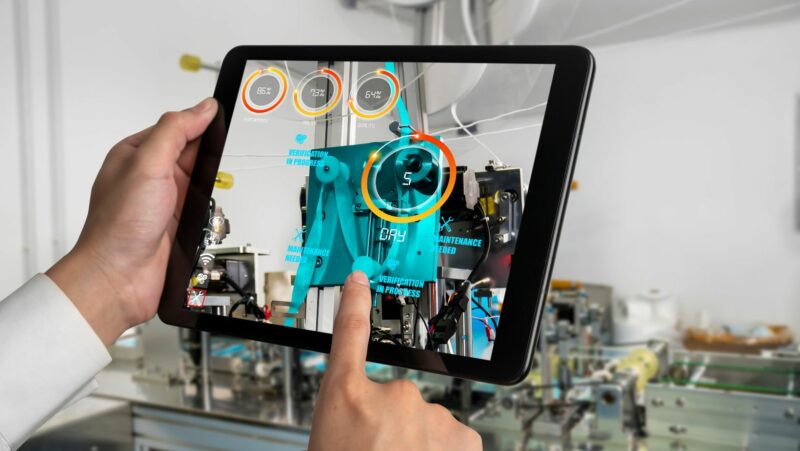As a long-time admirer and user of BMW vehicles, I’ve developed a keen interest in the software that powers these machines. From the infotainment system to the navigation suite, BMW’s software is a key component of its cars’ appeal. But what exactly makes this software tick?
BMW’s software is a fascinating world, teeming with cutting-edge technology and innovative features. It’s not just about making the car run; it’s about enhancing the driver’s experience, making every journey more comfortable, more enjoyable, and safer.
Join me as we delve into the intricacies of BMW’s software, exploring how it works, its key features, and why it sets BMW apart from the competition. Whether you’re a BMW owner, a car enthusiast, or just tech-curious, there’s something here for you. Buckle up, and let’s get started.
Reflecting the continued emphasis on technological advancements and digital conveniences in BMW vehicles, appreciating the “how” and “why” behind BMW’s software infrastructure is beneficial.
BMW Software
 BMW’s software functionality resides at the heart of the vehicle, contributing to numerous aspects of its operation. You might perceive this software as the brain of the car. It provides an interface between you and the car’s mechanical components, allowing for smooth and seamless operations, and enhancing your overall driving experience.
BMW’s software functionality resides at the heart of the vehicle, contributing to numerous aspects of its operation. You might perceive this software as the brain of the car. It provides an interface between you and the car’s mechanical components, allowing for smooth and seamless operations, and enhancing your overall driving experience.
Take the iDrive system, for example, the central command console of a modern BMW. It integrates everything from navigation to entertainment to climate control, all accessible via a single display screen. The software also takes responsibility for more critical tasks. It optimizes the anti-lock braking system’s performance, streamlines fuel management and regulates the engine’s power delivery.
The Evolution of BMW Software
The journey from the early simplistic software to the highly sophisticated systems observed in modern BMWs proves quite intriguing, punctuated by landmark releases and innovations.
One such significant leap occurred with the introduction of the iDrive system in 2001. Known as the cornerstone of BMW’s infotainment system, it redefined car-user interaction, making it intuitive and driver-focused, setting the benchmark for competitors. Also, with models like the BMW i3 and BMW i8, the software expanded into aspects of managing electric power trains and optimizing energy efficiency, paving the way for the era of electric mobility.
 Over recent years, the focus has shifted towards enhancing connectivity and networked services, courtesy of the BMW ConnectedDrive suite of services. These services feature remote car access, accident response, and even concierge facilities—all representing the progress and trajectory of BMW’s software evolution.
Over recent years, the focus has shifted towards enhancing connectivity and networked services, courtesy of the BMW ConnectedDrive suite of services. These services feature remote car access, accident response, and even concierge facilities—all representing the progress and trajectory of BMW’s software evolution.
Remember, technology serves as the backbone of BMW’s ceaseless innovations and remarkable driving experience in the realm of luxury automobiles. The company’s software development echoes its commitment to keeping pace with advancing technology while prioritizing drivers’ comfort and convenience.
BMW Software Features
Diving deeper into the swiss army knife that is BMW’s software, it acts like a significant player transforming the driving experience. It integrates numerous aspects, including navigation, entertainment, driving assistance, and safety.
Navigation and Entertainment
BMW software excels in facilitating state-of-the-art navigation and entertainment. For instance, the iDrive system, a remarkable invention of the brand, is a highly intuitive system. It integrates standard navigation with real-time traffic updates, making it effortless for drivers to plan their routes optimally. Enhanced Bluetooth and its 20GB multimedia hard drive add an impressive touch to the entertainment, ensuring that every ride is an enjoyable one. Hands-free phone capability enhances safety while multi-channel audio streaming broadens the entertainment spectrum. The advanced speech recognition capability can understand complex voice commands for navigation and entertainment systems alike.
Safety and Assistance
Moreover, BMW software isn’t just about the fun element, it also prioritizes safety and driver assistance. Systems like Advanced Driving Assistant and Parking Assistant leverage sophisticated software to maximize operational safety. For instance, the assisted driving feature uses numerous sensors and cameras around the car. These communicate with the vehicle’s software, alerting drivers of impending hazards and avoiding collisions. Similarly, the parking assistant feature integrates ultrasonic sensors and cameras around the vehicle’s perimeter. This allows the software to identify suitable parking spaces and assist drivers in complex parking maneuvers, without drivers sweating over the steering wheel.




